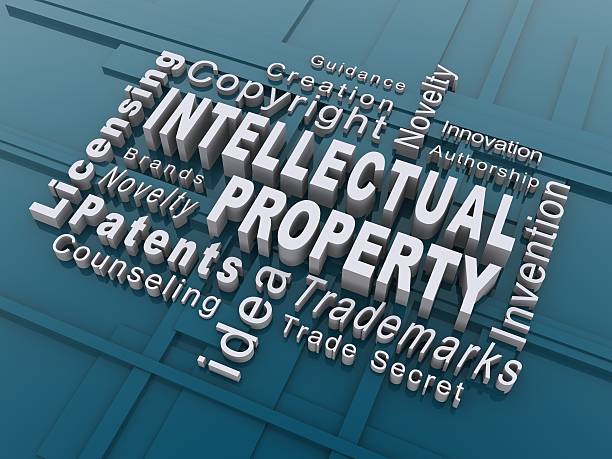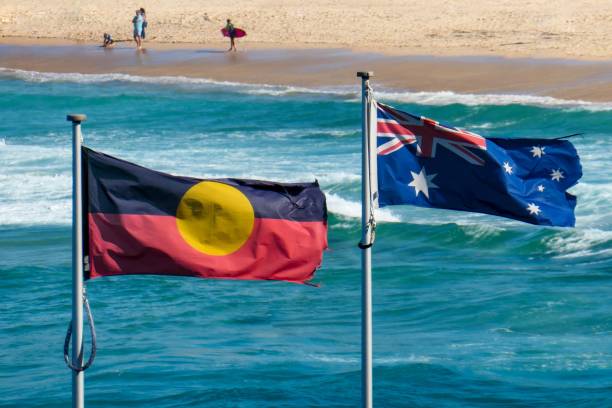.png?width=50&name=Untitled%20design%20(39).png)
Rhys Munzel
On 12 November 2020, a majority of the High Court of Australia in Calidad Pty Ltd v Seiko Epson Corporation [2020] HCA 41 endorsed the “exhaustion of rights” doctrine in preference to the doctrine of “implied licence’, finding that the exclusive rights of the patentee – being to hire, use, sell, or otherwise dispose of a patented product – are exhausted when the patentee sells the item.
Background
Seiko Epson Corporation (Seiko) manufactures and sells EPSON-branded printer cartridges that embody inventions claimed in two Seiko patents. The EPSON cartridges are configured for single use.
Ninestar Image (Malaysia) SDC (Ninestar) operates a business re-filling and selling spent printer cartridges.
As part of its business, Ninestar obtained and modified spent EPSON cartridges for refilling and use by consumers. The refilled EPSON cartridges were imported and sold in Australia by Calidad Pty Ltd (Calidad).
Seiko commenced proceedings against Calidad alleging that modification of the EPSON cartridges infringed upon its exclusive rights as the patentee, while Calidad argued that selling the modified cartridges did not infringe Seiko’s rights because, once a patented product is sold, such rights were exhausted and the modification of the products to enable re-use did not amount to patent infringement.
Implied licence or exhaustion of rights? A question answered
The High Court considered whether the purchaser of a patented product has rights to for example use and re-sell that product by way of an implied licence from the patentee (i.e. having bought the article, purchaser has an implied right to use it), or on the basis that the rights of the patentee to the patent were exhausted at the time of sale (i.e. once the product is sold, the patentee has used up his or her patent rights in that product).
The question has practical significance given:
- rights in respect of an implied licence can always be modified by the express terms of sale and, where any implied rights have been excluded by such terms, any third party purchaser having notice of that exclusion would receive the product subject to that exclusion (and would infringe patentee’s patent rights where they to trespass into the excluded territory); whereas
- according to exhaustion of rights, once a product is sold there are no patent rights to licence (or to exclude from such a licence). While a vendor may include conditions in its terms of sale limiting the ability of a purchaser to use the vended product, the ability of the vendor to enforce those conditions would be purely contractual and premised on the existence of a contract with the relevant party (with privity likely being a major issue for enforcement of obligations against later third-party purchasers).
In answer the High Court favoured the exhaustion of rights principle and determined that the patent rights of Seiko were used up at the time it first sold the EPSON cartridges. It further found that repair or modifying a product to improve its usefulness did not amount to making the product anew and therefore did not infringe upon a patentee’s exclusive right to make a patented product.
Will this affect patent drafting practice?
Possibly. Much of the leading High Court judgment appeared to hinge on how the exclusive rights of the patentee are defined in the Patents Act. The leading judgment took great care in considering how the Patents Act defines ‘exploit’, and in particular how ‘exploit’ is defined insofar as it applies to a patented product.
It is perhaps noteworthy that neither of the patents the subject of the litigation (being AU 2009233643 and AU 2013219239) included any method claims, such claims to the use of a printer ink cartridge to dispense ink within a printer or more relevantly a method of refilling a spent printer ink cartridge. Based on the judgment it does not appear clear that the patent rights in such method claims would be extinguished upon the mere sale of an ink cartridge. It will be interesting to see whether Australian law adopts a similar approach to that outlined in Quanta Computer, Inc. v. LG Electronics, Inc., 553 U.S. 617 (2008) (Quanta), where the US Supreme Court determined that an authorized sale of a component when the only reasonable and intended use of the component is to practice the patent (including methods claimed in the patent) will trigger application of the patent exhaustion doctrine.
Barring a similar decision to that of Quanta, the judgments in Calidad v Seiko may highlight the importance of claiming various aspects of an invention including, where the invention primarily relates to a particular product, methods of using the a product as well as claiming in insolation particular components which make up the product.
Need help?
If you have any queries or wish to discuss the above, please do not hesitate to contact our team of intellectual property lawyers and attorneys at FAL.
.png?width=675&height=338&name=Untitled%20design%20(8).png)
.png?width=100&height=50&name=Untitled%20design%20(15).png)
.png?width=800&height=800&name=Untitled%20design%20(57).png)


